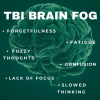The limbic system is a part of the brain that is associated with emotions and memory. It consists of four main structures: the thalamus, the hypothalamus, the amygdala, and the hippocampus. Each of these brain parts have different functions.
The amygdala plays a major role in evaluating emotional information. It processes fear and triggers anger. Your amygdala would react strongly if you were to look at photos that arouse fear or of faces that show fear or anger. It helps you be alert of real or perceived dangers and activates the fight or flight response (i.e., experiencing fear and jumping backwards from seeing a snake). The amygdala is also associated with other factors:
- Forming memories related to fear-inducing events (i.e., encountering a bear)
- Forming positive memories (i.e., winning money)
- Decision-making
- Anxiety
- Aggressive behavior
Individuals who have an overactive amygdala may experience a heightened fear response, which can cause anxiety in social situations, or increased aggressive behaviors. However, damage to the amygdala can cause the following symptoms:
- Decreased emotional responses to stressful or unpleasant stimuli, i.e., no fear
- Impaired ability to form positive or negative memories
- Poor decision-making
There are strategies an individual with an affected amygdala can utilize. These include:
- Yoga or meditation
- Breathing exercises
- Identifying behavior triggers
- Reflecting on actions and behaviors
References:
https://www.ncbi.nlm.nih.gov/pmc/articles/PMC3032808/
https://www.neuroscientificallychallenged.com/blog/know-your-brain-amygdala
Kalat, J. W. (2017). Biological Psychology. Cengage.


